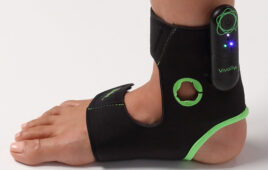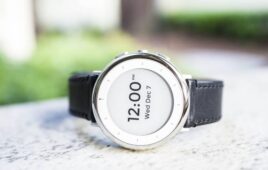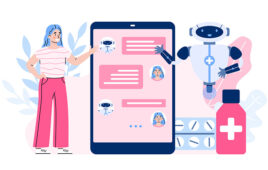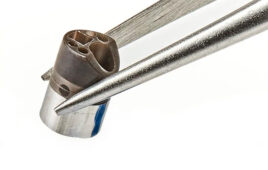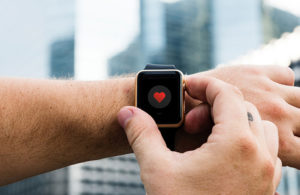 Researchers are touting the use of personal sensor data from wearable technologies for identifying markers that could indicate COVID-19 infection.
Researchers are touting the use of personal sensor data from wearable technologies for identifying markers that could indicate COVID-19 infection.
Led by Giorgio Quer, the research team developed a smartphone app for collecting smartwatch and activity tracker data, as well as self-reported symptoms and diagnostic testing results from individuals in the U.S., according to the published results in Nature Medicine.
Researchers in the study, who are affiliated with the Scripps Research Translational Institute and CareEvolution, used the technology they developed and assessed whether symptom and sensor data can differentiate COVID-19 positive as opposed to negative cases in symptomatic individuals.
Between March 25, 2020 and June 7, 2020, the team enrolled 30,529 participants, of whom 3,811 reported symptoms. Of those symptomatic individuals, 54 tested positive and 279 tested negative for COVID-19, while the researchers uncovered that a combination of symptom and sensor data resulted in an area under the curve of 0.80 for discriminating between symptomatic individuals who were positive or negative for the virus.
Among the individuals involved in the study, 62% are female and 12.8% are 65 years of age or older. In total, 78.4% of participants used Fitbit devices, 31.2% connected to the Apple HealthKit and 8.1% connected from Google Fit (individuals can connect to multiple platforms).
According to the researchers, such continuous, passively captured data may be complementary to virus testing, which usually comes in the form of a one-off or infrequent sampling assay.
The results given by the researchers show that individual changes in physiological measures captured by most smartwatches and activity trackers are able to significantly improve the distinction between symptomatic individuals with and without a COVID-19 diagnosis. However, they noted that the results are based off a relatively small sample size.
Our results show that individual changes in physiological measures captured by most smartwatches and activity trackers are able to significantly improve the distinction between symptomatic individuals with and without a diagnosis of COVID-19 beyond symptoms alone. Although encouraging, these results are based on a relatively small sample of participants.
“These results suggest that sensor data can incrementally improve symptom-only-based models to differentiate between COVID-19-positive and COVID-19-negative symptomatic individuals, with the potential to enhance our ability to identify a cluster before more spread occurs,” the study concluded.

